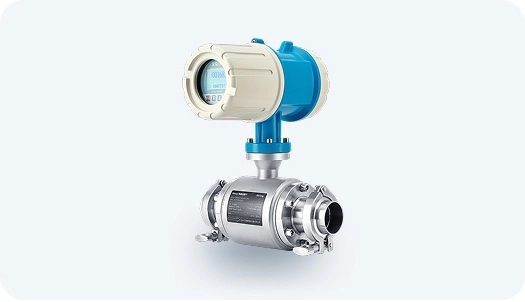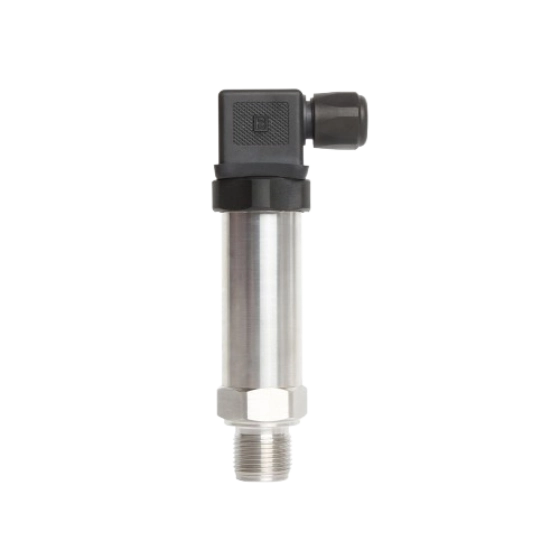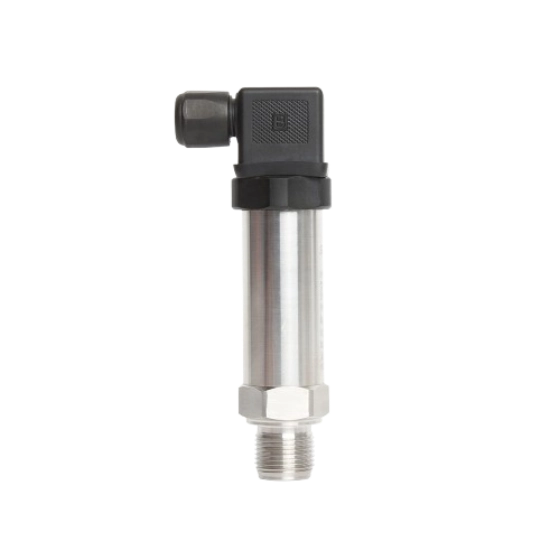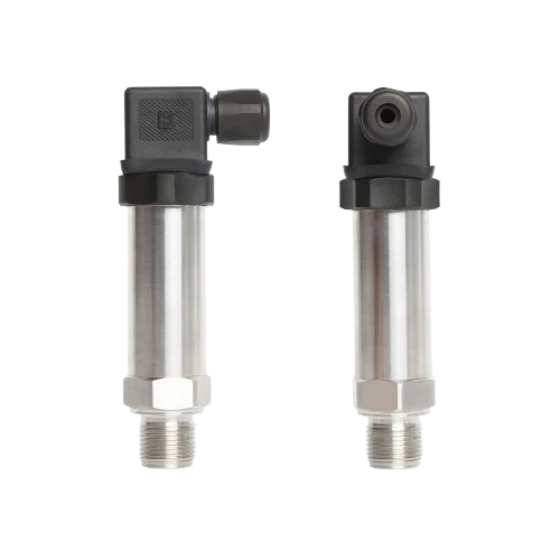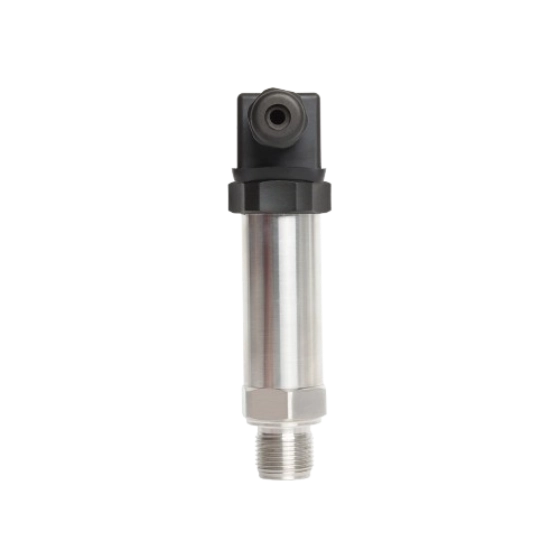- Range:-0.1~ 0 ~ 60MPa
- Resolution:0.5% F.S
- Output signal:4~20mA; 1~5V; 0~10V; 0~5V; RS485
- Power supply:24VDC (9 ~ 36V)

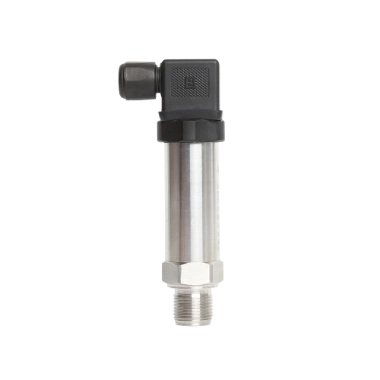
-
Wide measuring range and corrosion resistance, suitable for various media;
-
Strong overload protection and anti-interference performance, ensuring stable operation;
-
Durable all-in-one SUS304/SUS316 stainless steel construction;
-
Compact and lightweight, ideal for installation in tight or confined spaces.
-
Easy to operate, convenient for maintenance and inspection;
-
Zero and span adjustable on-site (for models with display);
Zero and sensitivity temperature compensation over a wide temperature range is carried out with laser sun-tuning process. The amplification circuit is located in the stainless steel housing, which converts the sensor signal into a standard output signal, giving full play to the technical advantages of the sensor and making the pressure transmitter have excellent performance. It has strong anti-interference, overload and shock resistance, small temperature drift, high stability and high measurement accuracy, making it an ideal pressure measurement instrument for industrial automation.
Model Number | AE 11 |
Measuring Range | 0-7KPa….0-70MPa |
Measurement Medium | Gas or liquid compatible with 316 stainless steel |
Accuracy | ±0.5%; ±0.2% |
Overpressure limit | Max140 Mpa |
Power supply | 10~32VDC |
Output | 4~20mA, 4~20mA+HART,MODBUS RS485 |
Process temperature | -40~100°C |
Ambient temperature | -40~85°C |
Working temperature | -20~70°C |
Storage humidity | ≤95%RH |
Long-term stability | ≤±0.2% |
Temperature drift | ≤±0.2%F.S/10°C |
Response time | 0.25s |
Protection level | IP65/IP67 |
Casing and process connection material | 304/316L stainless steel |
Diaphragm material | SUS316L/Hastelloy C/Tantalum |
Liquid contact seal material | Nitrile rubber |
Considerations for Selecting a Thread Mount Pressure Transducer:
Pressure Medium:
The nature of the measured medium determines the selection. Choose the diaphragm material according to the corrosiveness of the medium. The diaphragm materials for pressure (differential pressure) transmitters include 304 stainless steel, 316/316L stainless steel, and tantalum.
Medium Temperature:
Consider the temperature of the measured medium when selecting a transmitter. If the temperature is high, reaching 200℃ to 400℃, choose a high-temperature pressure transmitter with a heat sink. Otherwise, the silicone oil may vaporize and expand, leading to inaccurate measurements.
Measurement Range Selection:
Typically, select 80% of the actual measured pressure as the measurement range. ARTang pressure transmitters can withstand a 300% instantaneous impact. If the instantaneous pressure is too high, a buffer can be used to reduce pressure spikes, although this will reduce the sensor's response speed. Therefore, when selecting a pressure transmitter, fully consider the pressure range, accuracy, and stability.
Accuracy Grade:
The standard accuracy for diffusion silicon pressure transmitters is 0.5%, with custom options available down to 0.3%. Monocrystalline silicon pressure transmitters have a standard accuracy of 0.075%, with custom options available down to 0.05% and 0.03%.
Output Signal:
Millivolt signals 4-20mA, 0-20mA, 1-5V, 0-5V, 1-10V, 0-10V; digital output RS485.
Preventing Pressure Overload:
Even if the pressure sensor's overload capacity can reach up to 50% (beyond the maximum range), from a safety perspective, avoid taking risks. Ideally, select a sensor where the measured pressure is within the range. Typically, the best range for the selected sensor should be twice the measured pressure. ARTang pressure transmitters can withstand a 300% instantaneous impact. This way, even under extremely high pressure, the sensor can avoid damage.



